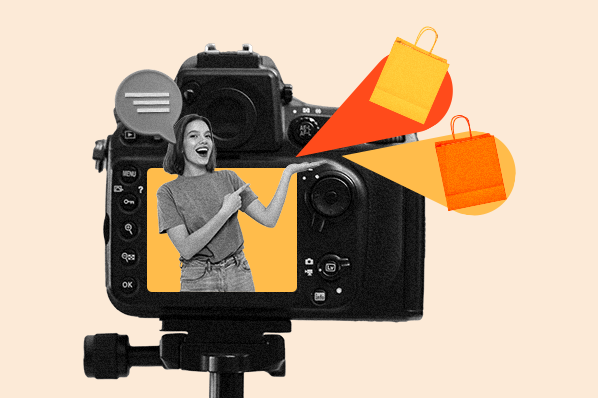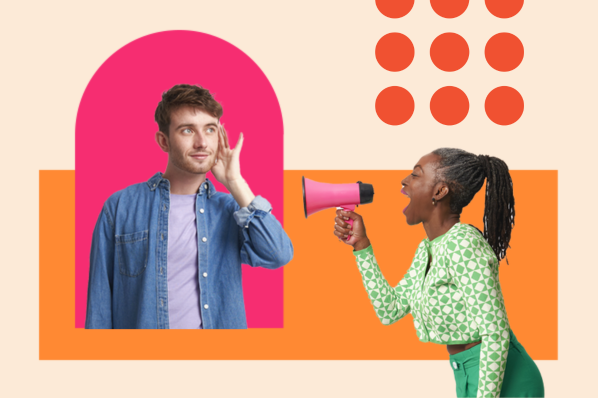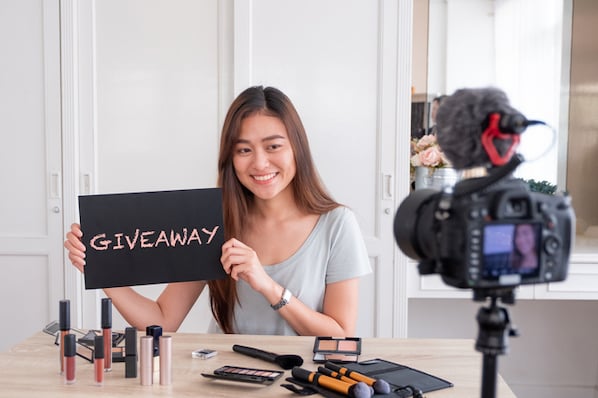Why Influencers Flock to the Food and Beverage Industry
For starters, it’s lucrative. Food and beverage accounts for over 30% of the $2T consumer packaged goods industry. Plus, the entry barrier is relatively low.
And creators and influencers are well positioned to take a slice of the pie:
💰They’re already the winning formula for CPG brand marketing. These brands spend ~$40B per year in ads, a big chunk of which goes to creator partnerships.
❤️ Their content often fits well with daily refreshments like snacks and coffee, and their relatable nature inspires trust among young consumers.
📉 Loyalty for legacy brands is waning, and there’s space for influencers to get in. With a built-in brand and audience, it’s easier to gain traction for their products – especially if they play up the health angle.
They're Not Doing It Alone
Since these entrepreneurs aren’t usually experts in the goods they sell, white-labeling is a popular way to get a product to market.
Influencers partner with third-party manufacturers and add on their own branding and marketing. This way, they quickly gain market share without high upfront investments:
- Chamberlain Coffee is powered by Bixby Roasting Coffee
- Prime energy drink is actually made by Congo Brands
- Midnight Mini Cookies are based on a refined recipe by Creation Foods
And, to add a trusted edge, food industry veterans are often chosen to helm these companies, like Feastable’s Jim Murray and Myna Snack’s Darcey Macken.
Hardly A Candyland
Not every influencer-founded refreshment can magically make it. As more products flock to the space – and with A-list celebrities in the mix – it’ll be even harder to stand out.
Plus, it’s easy for influencers to lose favor with consumers: Pokimane got into a beef with her fans over pricing for her cookies; Prime drinks are getting pulled from shelves with pending FDA probe; and Chamberlain’s latest RTD collection is being dubbed “farts in a can.” 💨
Influencer Marketing

.webp)

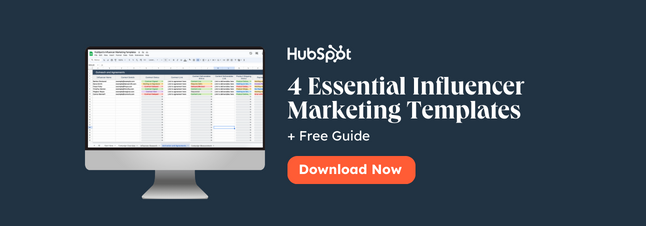
.jpg)
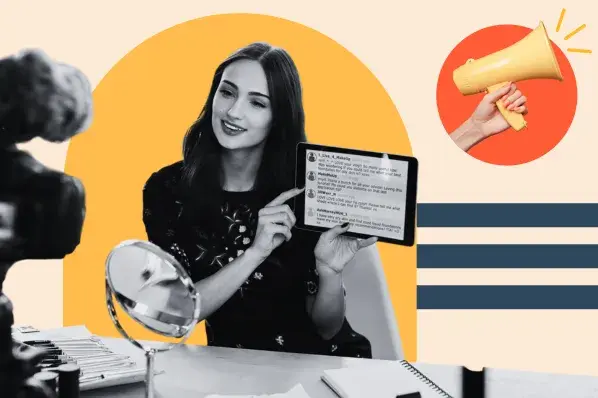
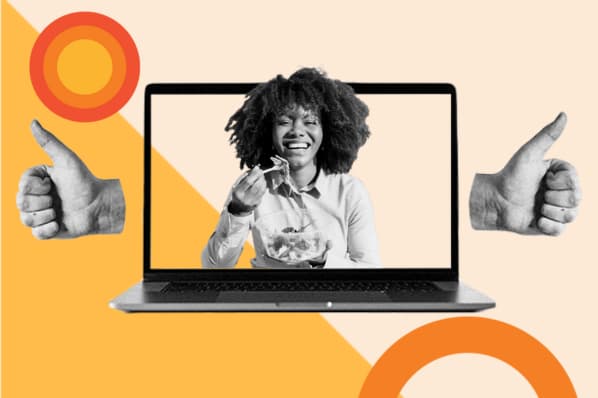
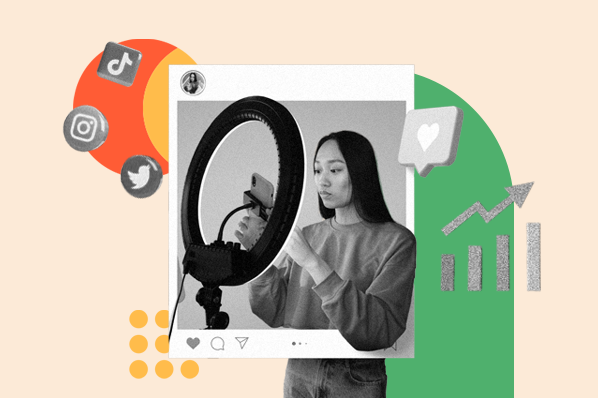
![Influencer Marketing Strategy: How to Build a Plan Creators & Customers Will Love [+ Templates]](https://53.fs1.hubspotusercontent-na1.net/hubfs/53/influencer-marketing-strategies-featured.png)
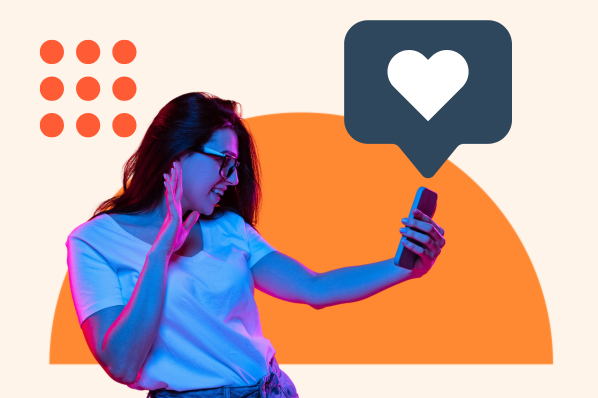
-1.png)
